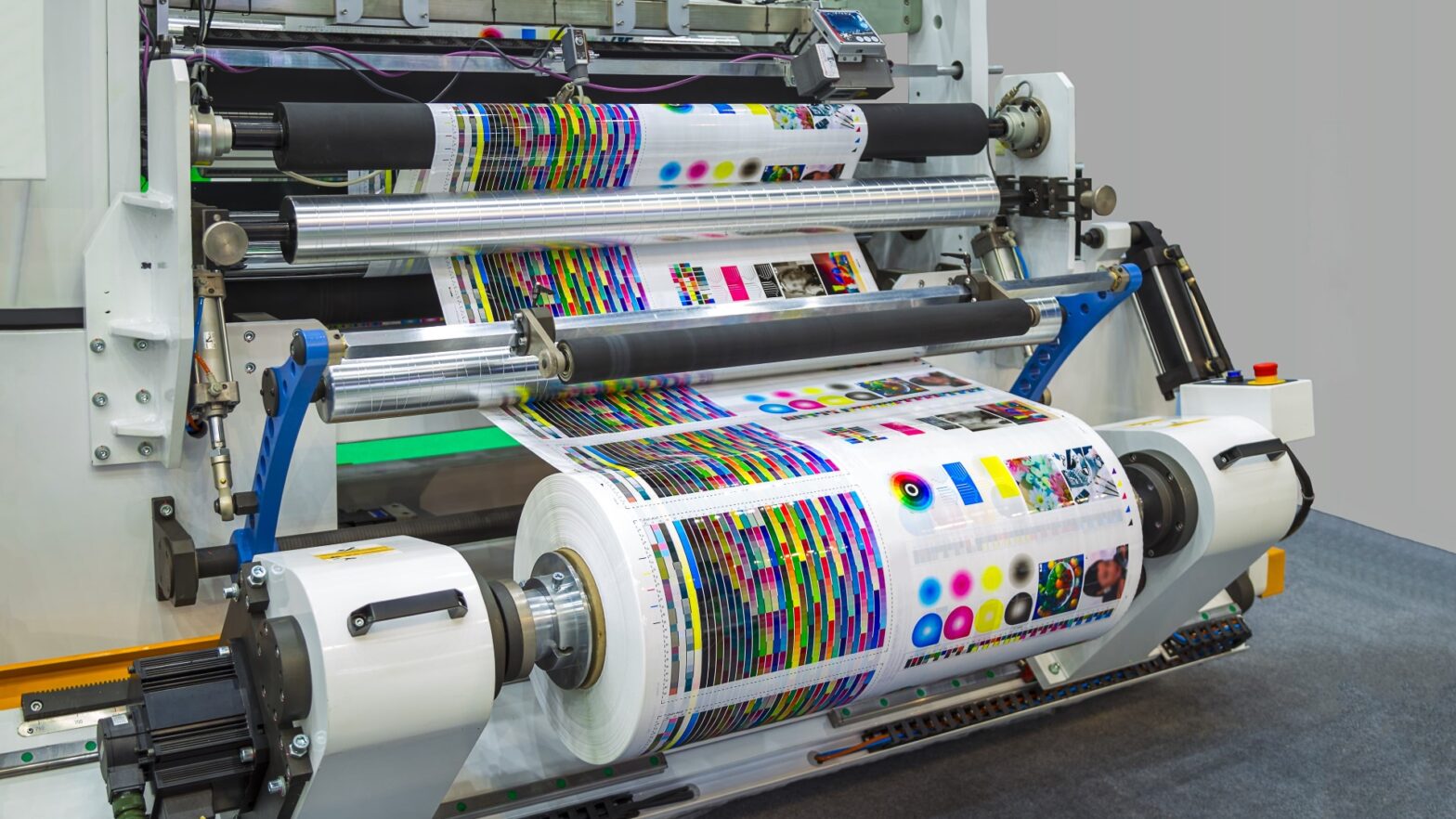The printing industry, a longstanding pillar of communication and media, continues to thrive despite the digital revolution. This article delves into the enduring relevance of printing in the modern world, examining its evolution, current status, and the potential it holds for aspiring professionals.
The Evolution of the Printing Industry
Originating with the Gutenberg press, the printing industry revolutionized information dissemination. Over centuries, it has embraced technological advancements, from offset printing to digital and 3D printing, demonstrating remarkable adaptability and resilience.
Additionally, ecommerce printing has become a significant portion of printing jobs in the industry. Some examples are:
Current State of the Printing Industry
Contrary to popular belief, the printing industry has not been eclipsed by digital media. It has instead integrated digital technology, finding new niches in packaging, labeling, and customized printing. The industry remains a significant contributor to the global economy, showcasing steady growth and innovation.
Career Opportunities in Printing
The sector offers diverse roles, ranging from machine operators and graphic designers to sales and marketing specialists. Each role plays a crucial part in the production and distribution of printed materials, catering to a wide range of industries including publishing, advertising, and manufacturing.
Advantages of a Career in Printing
A career in printing offers more than just job stability. It provides a unique blend of creativity and technical skills, opportunities for technological engagement, and a tangible connection to the products. The industry’s established nature promises a degree of security and potential for long-term career growth.
Challenges in the Printing Industry
Staying relevant in the face of rapid technological advancements and increasing environmental concerns are major challenges. Professionals in the field must continuously adapt, balancing efficiency with sustainable practices.
Educational Pathways
While some roles in printing require specialized training or degrees, particularly in graphic design or print technology, many positions value hands-on experience. Apprenticeships and internships offer practical insights and skill development crucial for career advancement.
Skills Development
Technical skills in printing processes and software are foundational. However, soft skills like teamwork, problem-solving, and adaptability are increasingly important, especially as the industry evolves to meet new challenges.
Career Progression
The industry’s hierarchical structure allows for clear career progression. Employees often start in technical or assistant roles, gradually moving into supervisory, management, or even entrepreneurial positions.
Salary and Benefits
Salaries in the printing industry vary widely based on the role, experience, and location. Benefits often include comprehensive health plans, retirement savings options, and opportunities for professional development.
Work-Life Balance
The printing industry typically offers a regular work schedule, contributing to a balanced work-life dynamic. However, deadlines and project demands can sometimes require additional hours.
The Future of Printing
Digital printing and environmentally friendly practices are at the forefront of the industry’s future. Additionally, the rise of customized and on-demand printing opens new markets and opportunities for innovation.
Comparing Printing with Other Industries
While not as rapidly evolving as some tech-driven sectors, the printing industry offers a unique mix of stability and innovation. It appeals to those seeking a career with tangible outputs and a blend of traditional and modern techniques.
Preparing for a Career in Printing
Networking, ongoing education, and staying informed about industry trends are key. Attending trade shows, participating in professional organizations, and continuous learning are crucial for success.
Conclusion
The printing industry, with its rich history and modern adaptations, presents a robust career path. It offers a unique intersection of technology, creativity, and practical application, making it an appealing choice for many.
FAQs
- What is the average starting salary in the printing industry? – The starting salary varies based on the role and location but is generally competitive with other manufacturing industries.
- Are there opportunities for career advancement in printing? – Yes, the industry offers diverse paths for advancement, from technical expertise to management roles.
- How has digital technology impacted the printing industry? – Digital technology has transformed the industry, enabling more efficient, high-quality, and customized printing options.
- What are the typical educational requirements for a career in printing? – Educational requirements vary; some roles require specific technical training or degrees, while others value practical experience.
- How does the printing industry address environmental concerns? – The industry is increasingly adopting sustainable practices, including using recycled materials and environmentally friendly inks.
